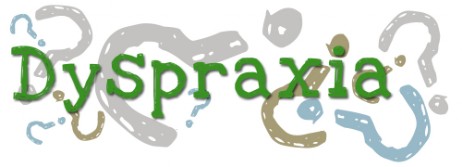
The Dyspraxia Foundation list the following signs that might suggest a child is dyspraxic:
- may not be able to run, hop, jump, or catch or kick a ball as well as their peers can
- has difficulty in keeping friends or judging how to behave in company
- has little understanding of concepts such as ‘in’, ‘on’, ‘in front of’ etc.
- has difficulty in walking up and down stairs
- poor at dressing
- slow and hesitant in most actions
- appears not to be able to learn anything instinctively but must be taught skills
- falls over frequently
- poor pencil grip
- cannot do jigsaws or shape sorting games
- artwork is very immature
- often anxious and easily distracted
- avoids PE and games
- does badly in class but significantly better on a one-to-one basis
- reacts to all stimuli without discrimination and attention span is poor
- may have trouble with maths and writing structured stories
- experiences great difficulty in copying from the board
- writes laboriously and immaturely
- unable to remember and/or follow instructions
- is generally poorly organised
